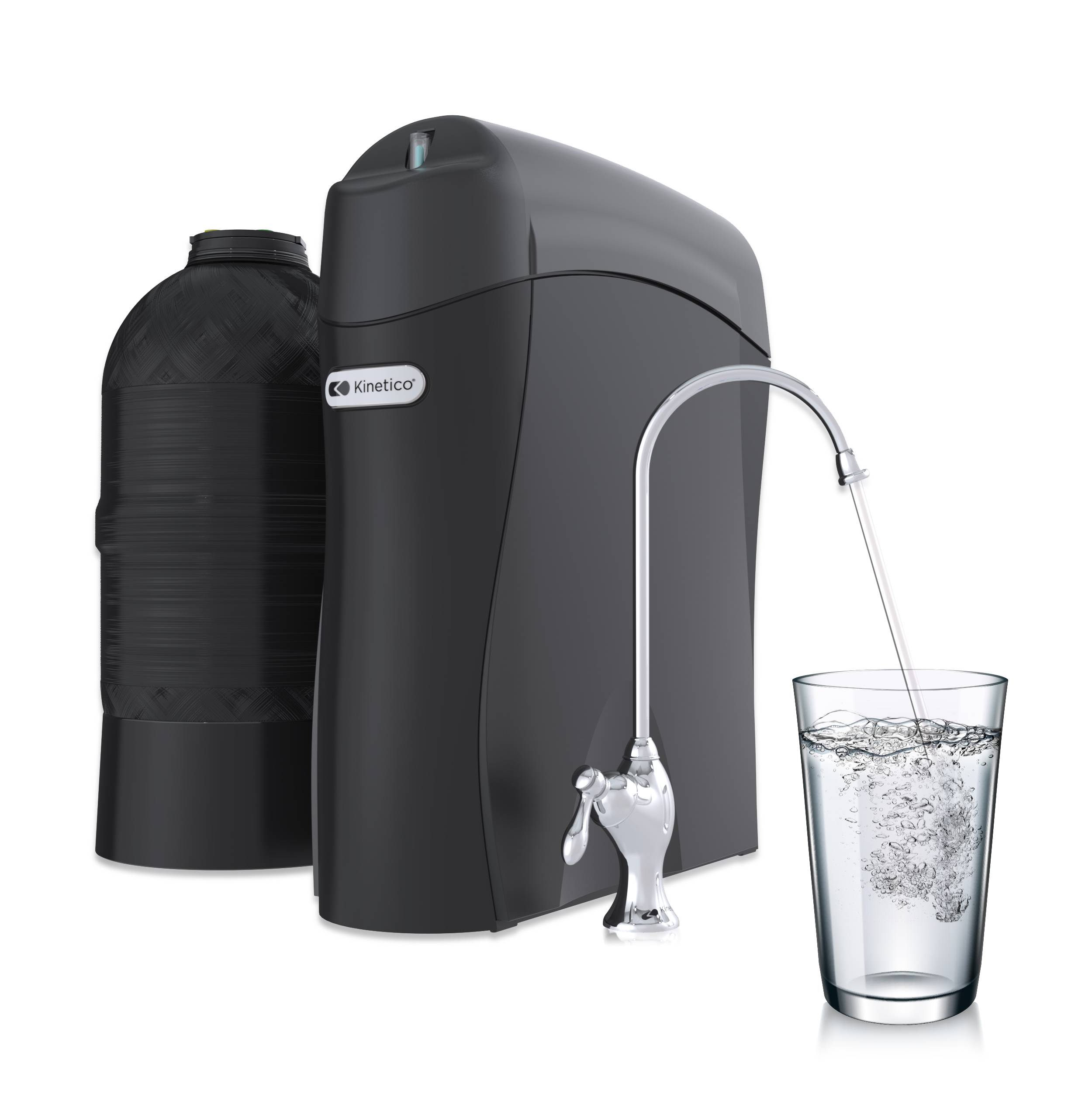City water supplies generally come from surface water sources. Surface water sources can be lakes, rivers, ponds, reservoirs and virtually any large collection of water. Now, think about your local lake for a minute. Is the water clear; can you see the bottom of the lake on a sunny day? If the lake is clear does that mean the water is free of contaminants and safe to drink? What if the water is cloudy and dirty? What is the cause of cloudiness and could it be harmful to me? I bet you have not really thought about how your city deals with removing contaminants from the water supply. So, let’s take a look at how cities treat water.
Most water treatment facilities utilize the same basic treatment operations, so I am going to focus on one city in particular, Cleveland, Ohio. Cleveland gets its water from Lake Erie, one of the best fishing lakes of the great lakes. Water is drawn in through large screens miles off shore to ensure that it starts out as clean as possible. (Water drawn near the shore has a high potential to be more concentrated with surface run-off and pollution.) The screens help remove large organic matter such as fish, plants and garbage, to name a few. The water is then drawn to a rapid mix where chemicals are added for the first phase of treatment. These chemicals are comprised of a disinfectant, a chemical for taste and odor and a coagulant. For Cleveland city water these three chemicals are chlorine, activated carbon and alum. Alum is a coagulant used to bind small particles into large clumps that can be filtered out or that will settle out of the water. The settling out process is called sedimentation. The water continues to be filtered through large-scale sand and coal filters which will remove smaller organic particles that did not settle to the bottom of the tank during the sedimentation process. Finally, after the water travels through sand and coal filters, it is again treated with more chemicals. Cleveland water has chlorine added for disinfection, fluoride for dental hygiene (It is a law in the state of Ohio that fluoride be added to all city water supplies.) and orthophosphate to help reduce the leaching of lead from household pipes. The water is then deemed good for distribution.
That is a very simple explanation of how a city water treatment plant treats water. But even though the water has been disinfected and filtered, I go back to my original questions. Is the water free of contaminants or could it still be harmful to me? It is important to note that city water treatment facilities are closely regulated and undergo strict inspections. Water that is distributed from the facility is within a healthy range for consumption for the majority of the population that utilizes the water and the general public is notified about any possible contamination from a regulated substance. However, it is not regulated to protect your home. Additionally, most city water is not treated to remove taste and odor, hardness, iron, lead, pharmaceuticals and many other natural and man-made substances.
In my next blog, we’ll take a look at what could be left in the water (bacteria, lead, iron, hardness minerals?) after it has gone through the city’s water treatment process and what you can do about it.
Garret A. Morgan Water Treatment Plant in Cleveland, Ohio.


